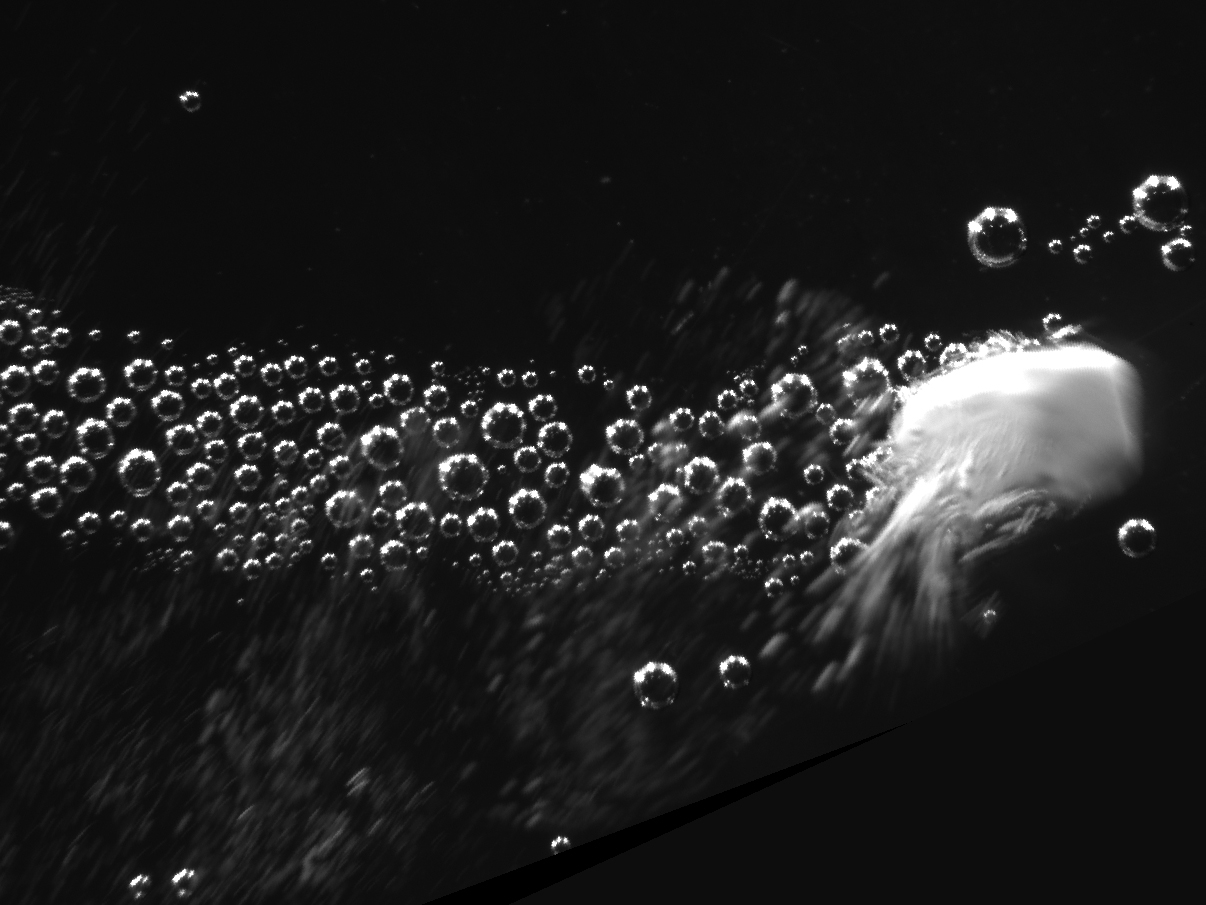Scientists at the University of British Columbia have invented a new way of treating uncontrolled bleeding that gets straight to the source.
The scientists have developed self-propelling particles which thrust haemorrhage treatment deep into a wound.
Traumatic bleeding is the leading cause of death in women during child birth and uncontrolled bleeding can occur in many other clinical situations.
In these situations, the priority for medical professionals is to prevent blood loss. However this can be very difficult, especially when the haemorrhage is internal.
Now scientists have invented a new means of transporting treatment through flowing blood to the source of bleeding, using tiny self-propelling particles.
The particles are made up of calcium carbonate, the same stuff that makes antacid tablets fizz. The calcium carbonate forms porous microparticles which make it an ideal carrier for a haemorrhage treatment.
The microparticles are mixed with a solid organic acid and when they contact blood they react and release carbon dioxide gas. Carbon dioxide is an inert gas and so is completely harmless to the blood.
During haemorrhage, the heavy flow of blood can push out treatments stopping them from reaching the source of bleeding below the surface of the wound. But the fizzing, bubbling, carbon dioxide-fuelled particles thrust treatments in all directions, with enough force to travel upstream against the flow of blood.
Kastrup and the team, loaded the particles with a protein called thrombin, a common haemorrhage treatment which is usually applied to the surface of a wound.
Thrombin is a natural enzyme which activates coagulation and aids in the clotting of blood. By mounting treatments such as thrombin onto gas propelled particles, they can penetrate deeper into the wound and stem bleeding at its source.
The treatment has an additional benefit of offering continued protection from bleeding, as Kastrup explained.
"In severe wounds bleeding often reoccurs over time ... and when that happens you can see the agent reactivates, you see additional fizzing and foaming and the bleeding will halt again."
The scientists have tested the treatment in animal wounds that mimic battlefield trauma, where there is severe damage to the femoral artery.
"This is a very catastrophic bleed that would normally lead to death." Kastrup explained, "But when we applied the propelled particles it rapidly halted haemorrhage and in those wounds there was complete survival."
So far the treatment has only been tested in animal studies, but Kastrup hopes that it may progress to clinical trials within the next three years.










Comments
Add a comment